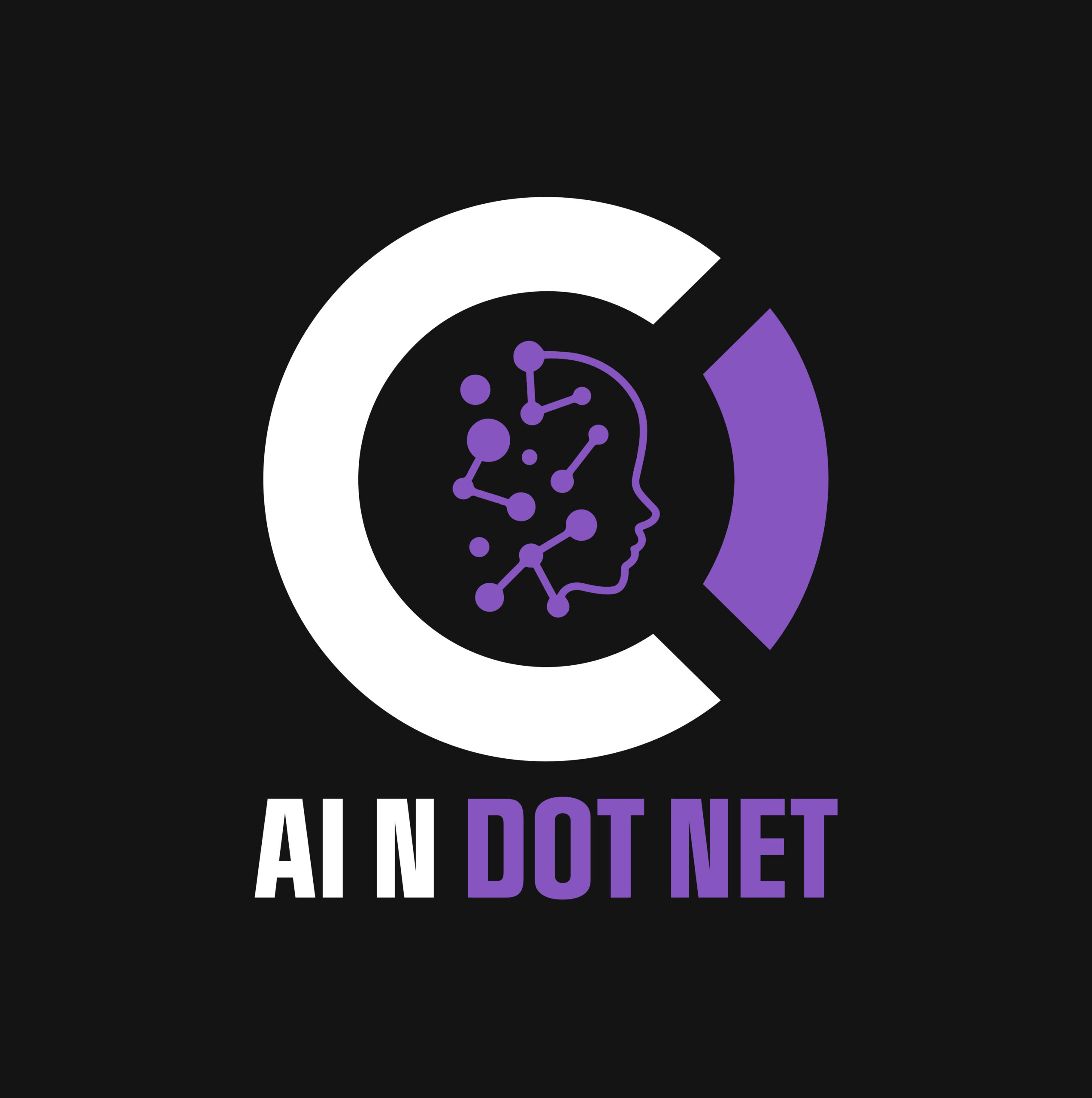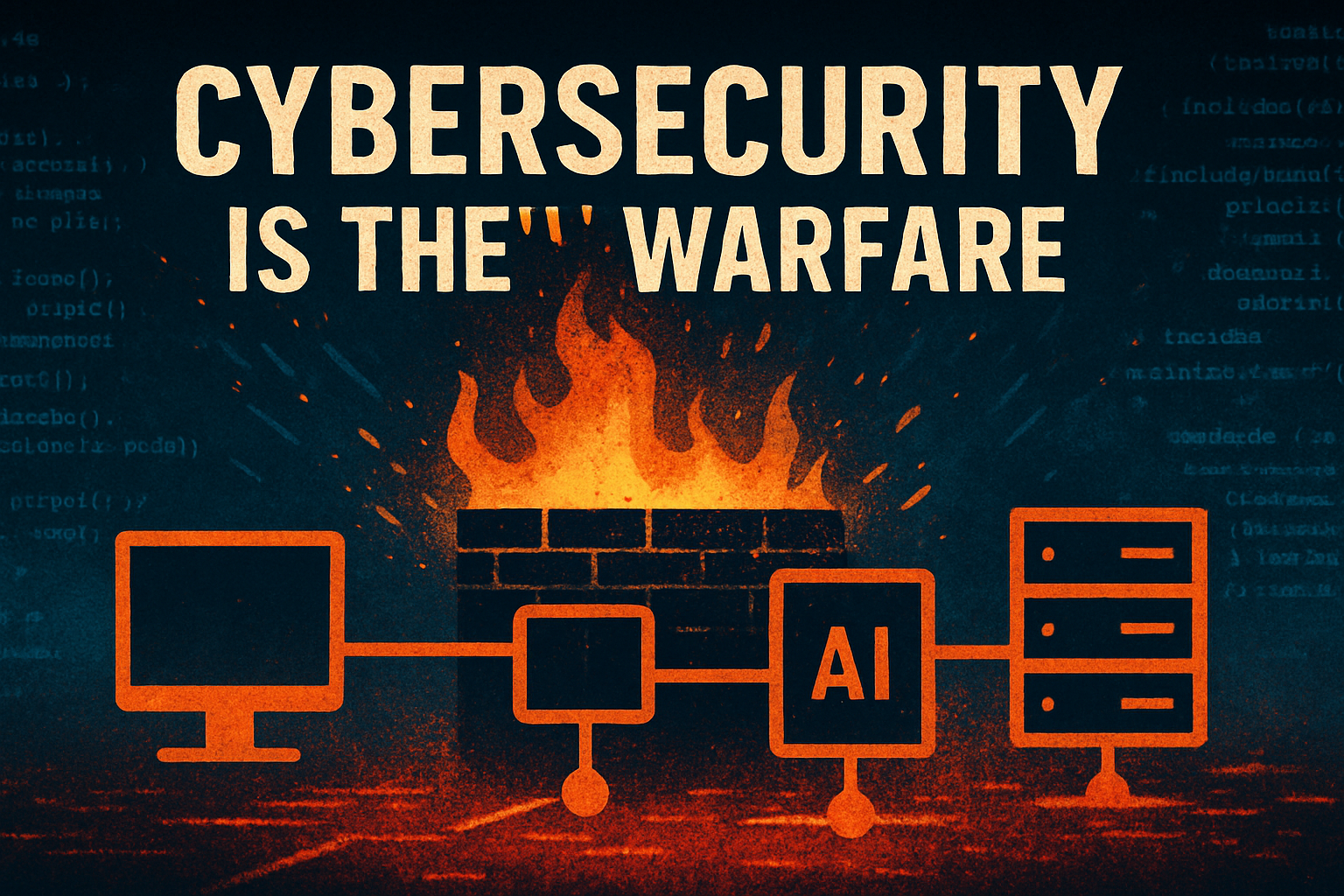“Wars are not necessarily fought in trenches with guns and bombs. They can be fought with tariffs, embargoes—and now—cybersecurity.”
In December 2024, a little-publicized diplomatic meeting in Geneva between U.S. and Chinese officials quietly confirmed something cybersecurity experts have suspected for years: China has deeply infiltrated U.S. critical infrastructure.
During this meeting, Chinese representatives reportedly tacitly acknowledged involvement in recent cyber operations, including the notorious Volt Typhoon and Salt Typhoon campaigns. These operations targeted American power grids, water systems, ports, airports, and more.
🎯 Cybersecurity: The Front Line of Modern Conflict
Cybersecurity is no longer just about stopping spam or patching servers. It’s national defense.

I’m not a cybersecurity expert. But I work in AI and software development—and I can tell you this: cybersecurity has become the most important and dangerous job in IT. Every time someone uncovers a backdoor, a vulnerability, or an attack vector, they’re preventing not just data loss—but potential societal disruption.
⚠️ Let Me Spell It Out
If a military conflict ever escalates with China, they may not need to fire a single missile. Instead, they could:
- 💡 Cut the power
- 💧 Disable water systems
- 🌐 Shut down internet services
- 🚢 Lock up ports, logistics, and emergency networks
In other words – assuming the Chinese are average hackers – your data centers will not have water and power. Even if they have redundant power and water.
This is not science fiction. These are known vulnerabilities. And China, according to U.S. officials and major publications like the Wall Street Journal, has already planted digital access points into those systems.
🤖 Why This Matters for AI and Applied Systems
For those of us building AI tools, copilots, and automations, it’s tempting to think our work sits above the “infrastructure layer.”
But every AI agent, every API, and every integrated system is now part of the attack surface.
- What happens when an LLM-based system can’t retrieve data because its hosting infrastructure was disabled?
- What if your AI assistant makes the wrong decision because its inputs were spoofed in a zero-day attack?
AI systems aren’t just exposed to cybersecurity risk—they can amplify it when left unchecked.
🧰 What We Must Do Now

It’s time to stop treating cybersecurity as a specialized concern and start embedding it into everything we build. That means:
- Zero-trust design at every level of AI architecture
- Cross-training AI engineers in threat modeling
- Red-teaming AI agents before deployment
- Executive understanding that AI is now a strategic risk vector
🎩 Final Thoughts
Cyberwar isn’t coming. It’s already here.
To the cybersecurity experts holding the digital line—you have my deepest respect. To everyone else in IT, AI, or programming: this is your wake-up call.
Our future systems will be smart. But if they aren’t secure, they’ll become liabilities. The next war may be waged without a single bullet—but every AI system will be on the battlefield.
Pragmatic perspectives on AI, infrastructure, and the hidden truths behind the black box.
Want to stay ahead in applied AI?
📑 Access Free AI Resources:
- Download our free AI whitepapers to explore cutting-edge AI applications in business.
- Check out our free AI infographics for quick, digestible AI insights.
- Explore our books on AI and .NET to dive deeper into AI-driven development.
- Stay informed by signing up for our free weekly newsletter

